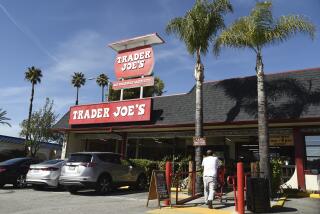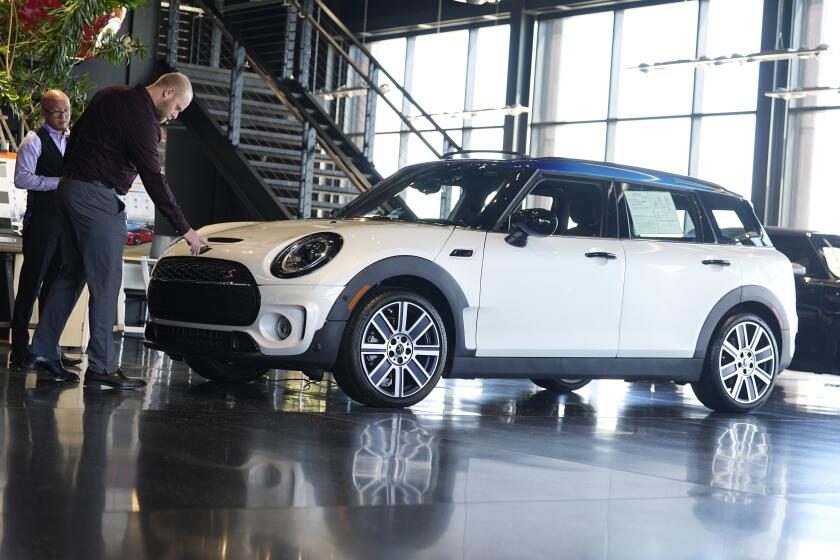Spending on Capital Equipment Will Be Slow in Coming, but It’ll Come
As the economy lumbers along at an agonizingly slow rate, optimists hope that a surge in capital equipment spending will spur business activity and employment. They are grasping at straws, and understandably so.
After all, virtually all of their other hopes for a speedy recovery have been dashed.
Exports are weakening as the slump in Europe continues and therefore demand for U.S. goods atrophies, and as Japan slides deeper into the muck. Consumers, worried about continuing service sector layoffs and excessive debts, are on a buying strike. Government spending at all levels is restrained by huge deficits while defense spending slides. Weakness in housing and commercial building prices as well as high vacancy rates mute construction spending.
The hopes for a near-term surge in capital equipment are high, but when hopes meet reality, disillusionment can set in.
And the reality is that capital equipment spending in the short run reacts to and lags behind economic activity--activity that will continue to experience sluggish growth at best as the debt excesses of the 1970s and 1980s continue to be worked out. Our econometric model of capital equipment spending shows this very clearly.
The most important cyclical determinant of capital spending is capacity utilization, and for good reason. When operating rates are high and rising rapidly, spending on new equipment makes sense since the need for more capacity is clear. Even equipment primarily geared to increasing productivity is attractive then since such equipment usually increases capacity as well.
A common way of hiking output per man hour is to give an operator a machine that produces twice as many units per hour. You can’t cut the operator in half and have one half tend a new machine that produces at the old rate while firing the other half.
Jumping utilization rates due to production gains also spread overhead costs over more units of output, thereby raising profits and business confidence and increasing the cash flow needed to pay for new equipment.
Finally, high and rapidly rising operating rates suggest to business people that markets for their products are tight enough that any price increases needed to justify new equipment purchases can be instituted.
Conversely, low and slowly rising capacity utilization rates--the recent pattern that we see continuing--mute the urge to invest in new equipment.
Consumer spending, which accounts for two-thirds of gross domestic product, has a similar and also lagged effect on capital equipment spending, according to our econometric model.
Again, this makes sense. Robust consumer outlays are good news for business sentiment and operating rates and encourage spending on new equipment, but the current weak spending pattern--which is likely to persist--will continue to retard equipment purchases.
The cost of capital, corporate cash flow and the presence or absence of an investment tax credit are, perhaps surprisingly, far less significant.
Despite its importance to capital spending in academic theory, the cost of capital as measured by interest rates, in fact, matters very little in the short-term. If the demand isn’t there, the enticement of lower cost capital is unlikely to sway anyone into spending. Even if cheaply financed, excess capacity is still expensive. Similarly, cash flow is of limited value in the forecasting of capital equipment spending.
Finally, the impact of the infamous investment tax credit--first introduced in 1962 and subsequently modified, repealed, reinstated and last repealed in 1986--is far from clear.
While real capital spending soared after the credit was increased to 10% in 1975, it also surged after the credit was repealed in 1986. On a number of other occasions, changes in the status of the credit appeared to be swamped by cyclical swings already under way.
The continuing soft economy then implies that capital equipment spending will rise only slowly in the quarters ahead and will not kick-start business activity, despite the recent decline in interest rates and increase in corporate cash flow.
Furthermore, a reinstatement of the investment tax credit--still championed by the Bush Administration, but all but buried in election year political wrangling--probably would have little lasting effect.
That’s the short-term outlook. The long term is a different story, and I am bullish on capital equipment spending in the 1990s. In fact, I expect spending on capital equipment to be the fastest-growing major component of the gross national product over the next decade. Why? Because both the manufacturing and services sectors will be racing to enhance their productivity and lower their costs.
In the 1980s, intense international economic competition forced U.S. manufacturers to cut costs and boost spending on factory automation to compete with overseas rivals. As a result, productivity growth in U.S. manufacturing almost doubled. The 1990s promise even more competitive pressures, forcing U.S. manufacturers to continue their investment in cost-cutting and productivity-enhancing equipment, with an emphasis on further automation.
But the real story on the productivity front in this decade will be in service businesses, whose productivity performance in the 1970s and 1980s has been abysmal.
Now, however, a number of factors are putting pressure on services industries to cut costs and improve productivity:
Direct foreign competition in sectors hitherto immune from such indignities, such as advertising and hotels; deregulation-inspired competition in airlines and the financial services, among others; pressure from cost-cutting manufacturers, a major customer for service businesses, and the need to cut costs to survive debt hangover problems among such service providers as banking, insurance, real estate, and even state and local governments.
Much of the opportunity for boosting efficiency services lies in the realm of substituting capital for labor--the same process that has made manufacturing more efficient. Today’s big layoffs are the first step, but later the introduction of information technology and office automation will be legion. Look for capital spending to receive a further boost in the 1990s from a surge in equipment purchases by service industries.
Capital equipment spending will be no great source of economic revival in the short run. But as the decade progresses and productivity improvement continues to be the watchword of services as well as manufacturers, capital spending will take off.






